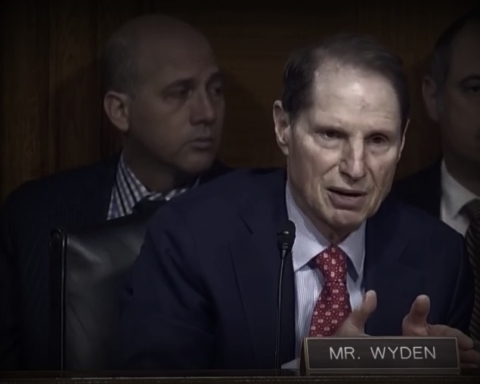Flirting with possible environmental catastrophe and long-term blowback, the US military appears to have shrugged off an initial reticence to strike Syrian oil fields in its war against the Islamic State.
A senior State Department official said Wednesday that American forces have hit 200 oil wells in airstrikes since the campaign started last August.
The envoy, whose identity was withheld by the Obama administration, made the comment during a teleconference with journalists ahead of an anti-Islamic State coalition meeting in London. A transcript of the conversation was published by the State Department early Thursday morning.
Last week, State Department spokesperson Marie Harf said coalition airstrikes have targeted 200 “oil and gas facilities.”
At the onset of the campaign, military strategists were reluctant to target oil fields in bids to destroy the Islamic State’s economic lifeblood. In September 2014, Foreign Policy’s Keith Johnson reported US and coalition forces were concerned that they would be eradicating “underground resources belong[ing] to the Syrian people” and doing “long-term damage” in both economic and environmental terms.
Images, Johnson wrote, “of the choking, black fires that came from burning oil wells sabotaged by Saddam Hussein’s forces in the first Gulf War underscore the potential environmental damage that a concerted oil attack could leave.”
American forces appear to have preferred, instead, to attack convoys and make-shift refineries that, US officials claim, have previously benefited the Islamic State to the tune of roughly $2 million every day.
In Islamic State-controlled Iraq, oil-based targets have been off the table entirely at the request of Baghdad, according to The Guardian. Luay al-Khatteeb, a Brookings researcher who has studied the Islamic State’s oil industry, estimated in September that the militants controlled between 40 and 70 wells in Iraq.
Earlier in the military operation, reports surfaced of strikes against Syrian oil wells, without information about aggregate damage. In September, the Syrian Observatory for Human Rights said that three oil fields in Mayadeen, in the eastern province of Deir Ezzor, were hit by the US-led coalition. In October, the NGO said that other strikes targeted oil fields in the same province, near the northern town of Shadadi–an attack that reportedly killed three civilians, one younger than 18-years old.
In November, The Telegraph reported that the US military considered stepping up its targeting of oil installations– specifically pipelines–as a means of intensifying the economic warfare. The same month, an Englewood, Colo.-based consulted firm named IHS, inc.–an organization with a history of ties to the National Security State–said in a report that the US should target oil-field pumping stations as “the best way to cut off the flow of oil,” according to Bloomberg.
On Jan. 5, in the most recently documented attack on Syrian oil wells, the Defense Department said US warplanes had struck five Islamic State “crude oil collection points” and one of its pipelines near Dawr az Zawr.






